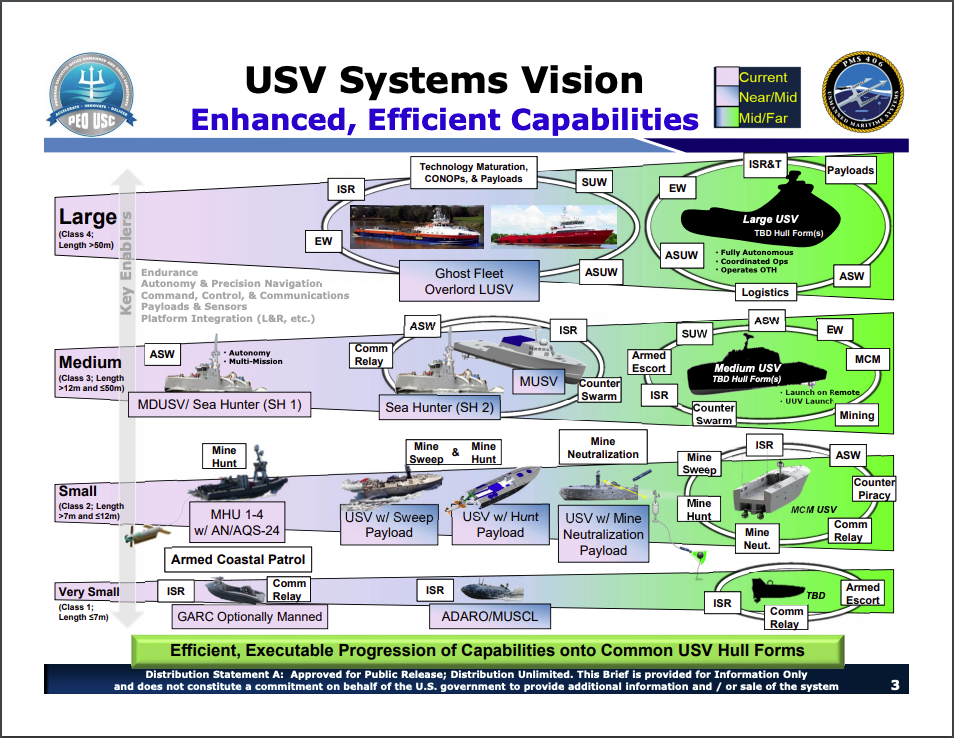The US Navy’s Columbia and Virginia-class submarine programmes are on schedule despite fears they would be delayed following welding issues on missile tubes last year.
US Military contractor BWX Technologies, which is carrying out the missile tube upgrade, told Naval Technology that it had not delivered faulty missile tubes to the US Navy, but the company had diagnosed and corrected earlier issues.
BWX Technologies spokesperson Chris Dumond told Naval Technology: “We are in constant contact with both our customer and the Navy to minimise delivery schedule delays.”
Dumond added: “Welding and inspection issues were the same across VPM [Virginia payload module] and CMC [common missile compartment] programmes. That both programmes were affected was disclosed and widely reported a year ago in August 2018.
“There have been no new or newly-disclosed issues with welding or inspection on missile tube products since that time.”
General Dynamics is leading the upgrades, which are intended to dramatically increase the offence capabilities of the Virginia-Class submarines raising their missile capacity from 37 to 65.
The company sub-contracted submarine work to BWX Technologies and BAE Systems, which are sharing work on the construction of missile tubes for the US Navy, with BAE Systems set to build most of the tubes for the Virginia-class submarine.
The ongoing issues have led BWX Technologies to signal it will stop manufacturing missile tubes after their current contracts run out in 2021.
BWX Technologies president and CEO Rev Geveden told analysts in an earnings call: “There is a pathway to stay in the [missile tubes] business if we want to do it. I think the ultimate customer, the Navy and NAVSEA, would want more than one supplier.
“We’re not interested in the future orders unless we do have a way to make money on these orders.”
BWX Technologies in the past paid $27m to cover repairs and replacements after delivering faulty components to the Columbia-class submarine programme.
Delays in either the Virginia or Columbia class submarine programmes will have ramifications for both programmes due to their shared construction schedules. Both programmes receive components from the same suppliers.
The US Navy is set to receive a new block delivery of Virginia-class submarines and is set to build two Virginia-class submarines for each Columbia-class submarine starting in 2021.
The navy’s Columbia-class submarine is set to enter service in 2031 and will replace the ageing Ohio-class ballistic submarine, which has been in service since 1981. The Virginia-class submarine entered service in 2004, with the US Navy so far receiving 17 of a planned 66 vessels.
The Columbia-class submarines will become the main naval carrier of the US nuclear triad.
The Virginia-class submarine has faced repeated delays in upgrades and the building of new boats, in part due to constricted budgets and a push to build three new submarines a year.
BWX also produces nuclear reactors for the US Navy alongside components for commercial nuclear purposes.



